Arts Centre Melbourne's Remarkable Spire Brightens Up the City Skyline
Arts Centre Melbourne has long been a part of the city's skyline. Not only is it pleasing to look at, but the outstanding tower also plays an important role in Melbourne's cultural and entertainment history.
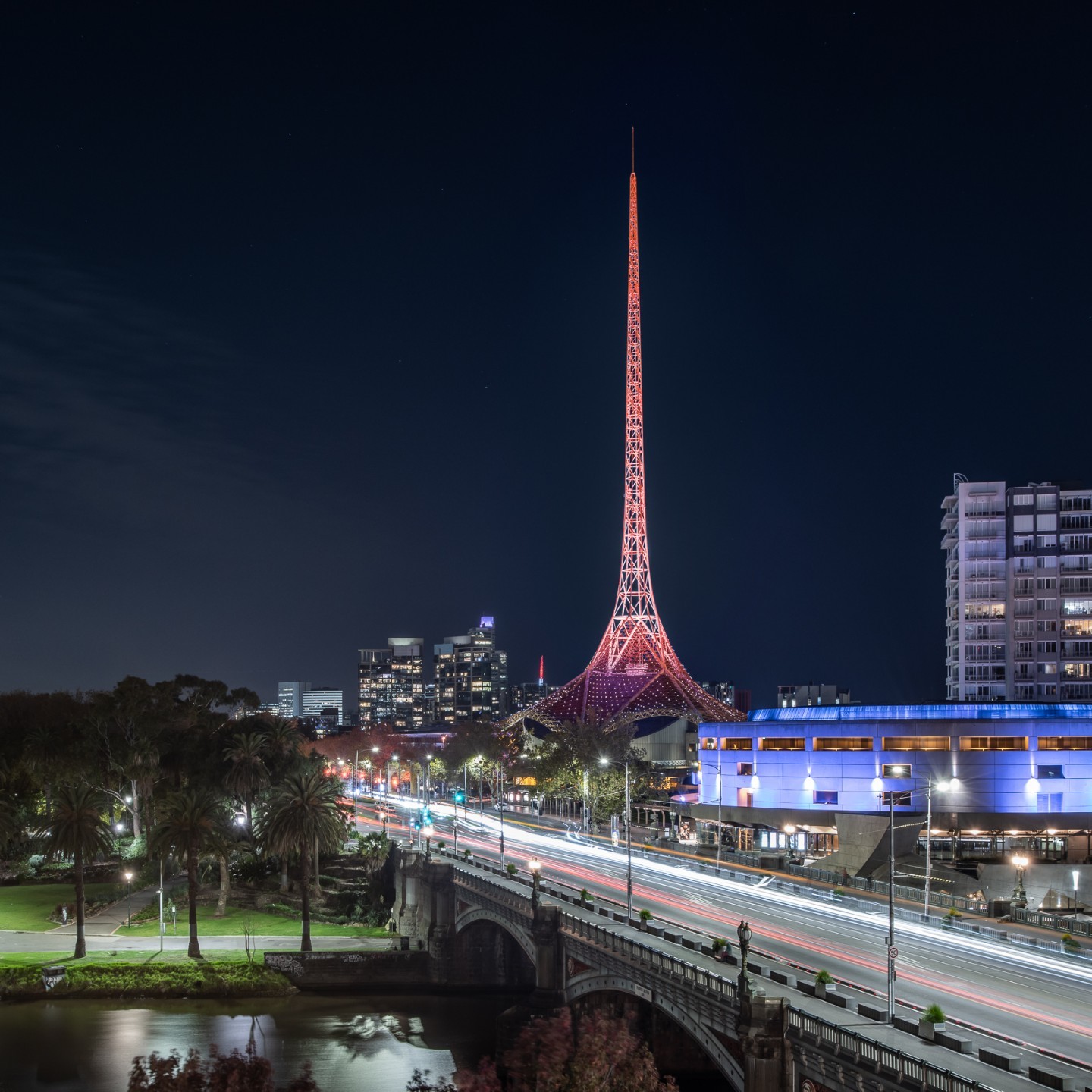 Arts Centre Melbourne on the Yarra River bank (cr: @blachford on Instagram)
Arts Centre Melbourne on the Yarra River bank (cr: @blachford on Instagram)
It is located on the banks of the Yarra River, an important river that has been a major food source for Australia's indigenous people for thousands of years. As a source of livelihood at that time, First Nations people also used the river as a place to gather, tell stories, sing, and hold ceremonies. From the start, this area has been an important point for the development of culture and arts, especially for the people of Kulin Nation, and it continues to this day.
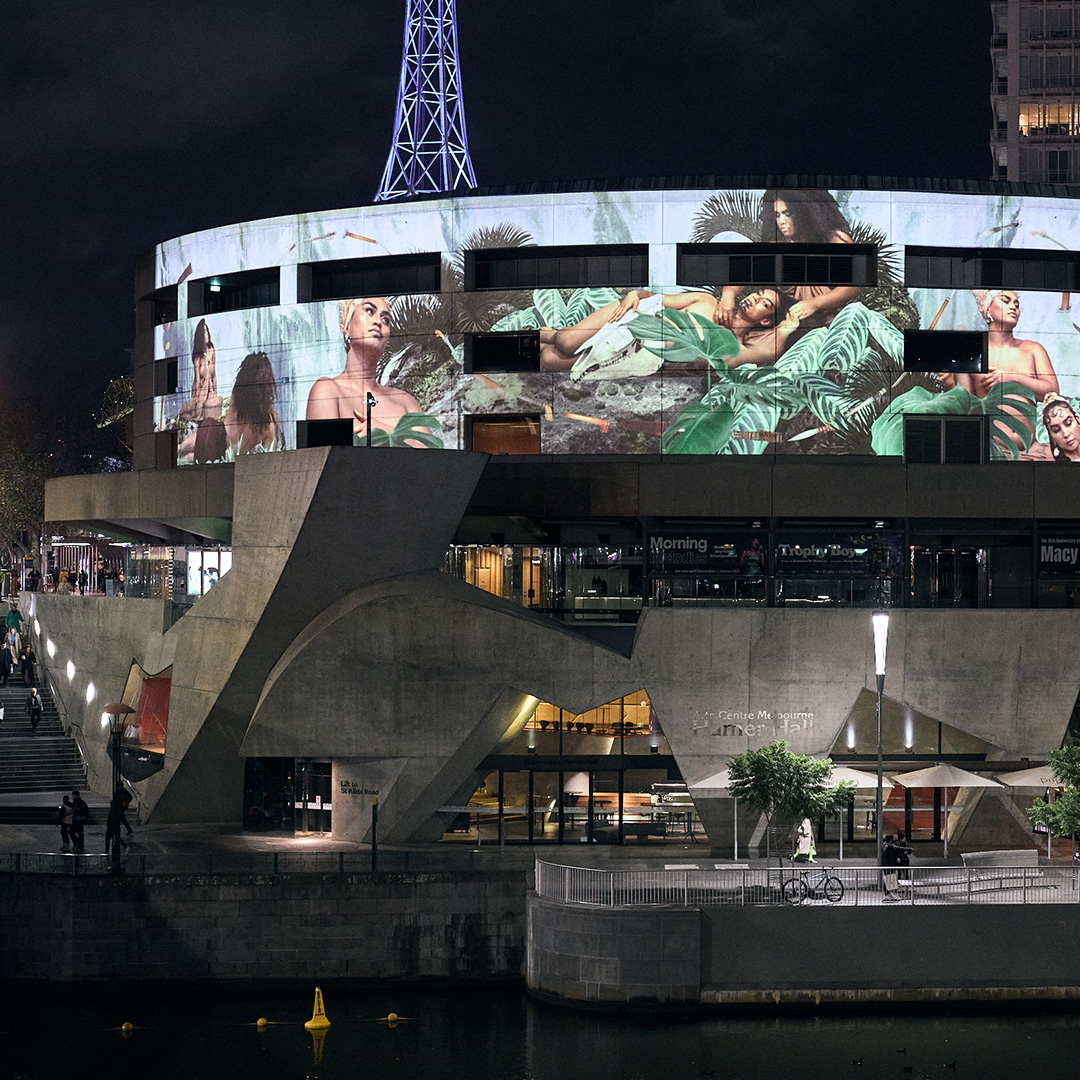 An art center by Roy Grounds (cr: HH Projection)
An art center by Roy Grounds (cr: HH Projection)
 Melbourne’s city skyline (cr: @absolute.amateur.scenes on Instagram)
Melbourne’s city skyline (cr: @absolute.amateur.scenes on Instagram)
Before the construction of Arts Centre Melbourne, this area was once the venue for various entertainments, one of which lasted for 50 years and was called the Wirth Brothers Circus. After going through a long history of ups and downs due to war, in 1959, Roy Grounds—a renowned architect at the time—was appointed to design the former circus into an arts center. This important project for the city had to go through various design and technical challenges before it could stand as a city landmark.
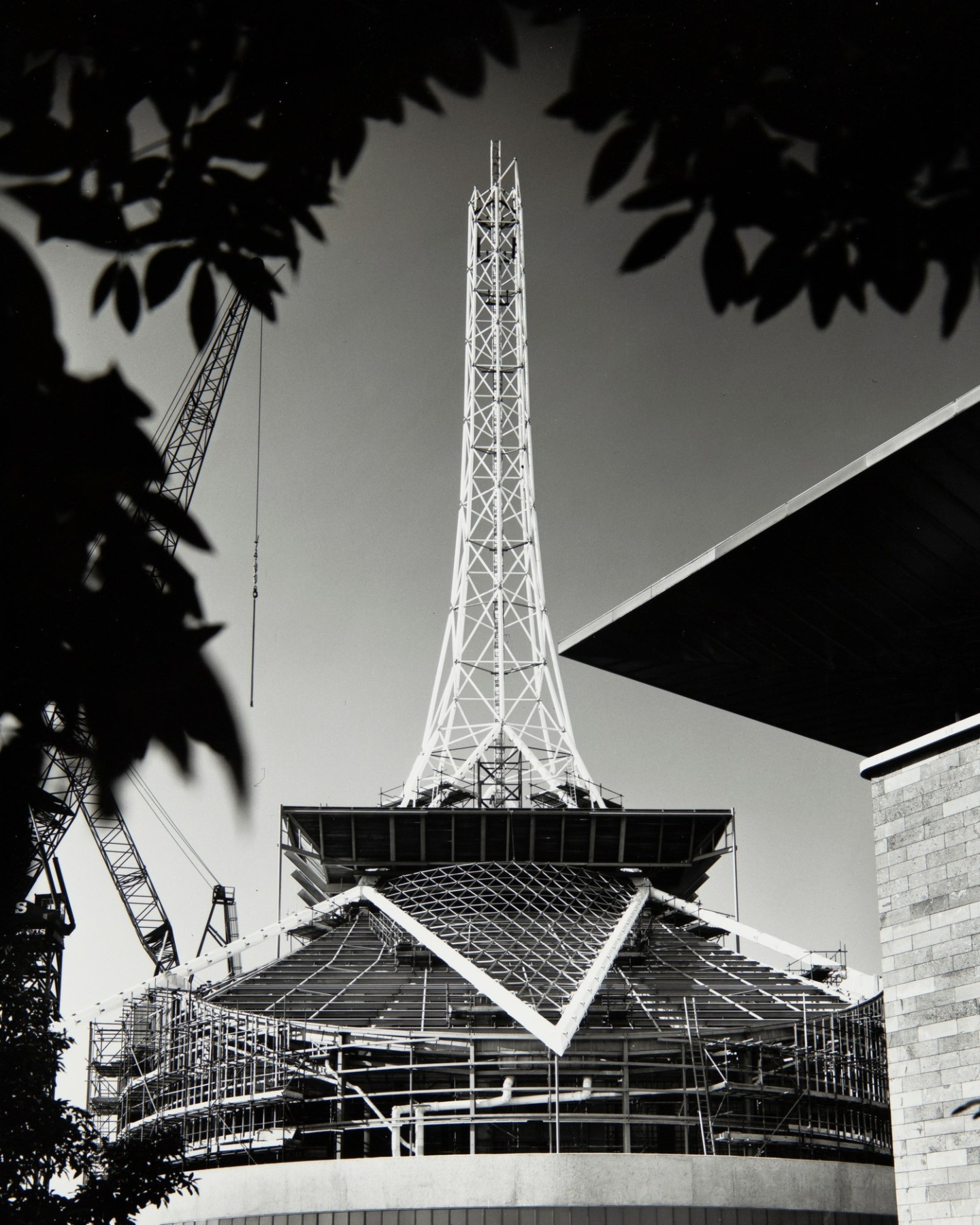 The spire that was under construction in 1981 (cr: Rick Altman)
The spire that was under construction in 1981 (cr: Rick Altman)
 Arts Centre Melbourne in 1995 (cr: @artscentremelbourne on Instagram)
Arts Centre Melbourne in 1995 (cr: @artscentremelbourne on Instagram)
The construction of the extraordinary building was divided into two stages, gallery and theater. Seven years later, the National Gallery officially opened in 1968. Problems then emerged in the second stage. Grounds originally proposed the theater and concert hall to be in one underground building with the spire as a symbolic tower. This idea was hampered by the geographical conditions of the land, which was part of a river thousands of years ago, not to mention the cost calculation that was too expensive. The architect had to make revisions, move the concert hall to another location, and raise the theater to half ground level.
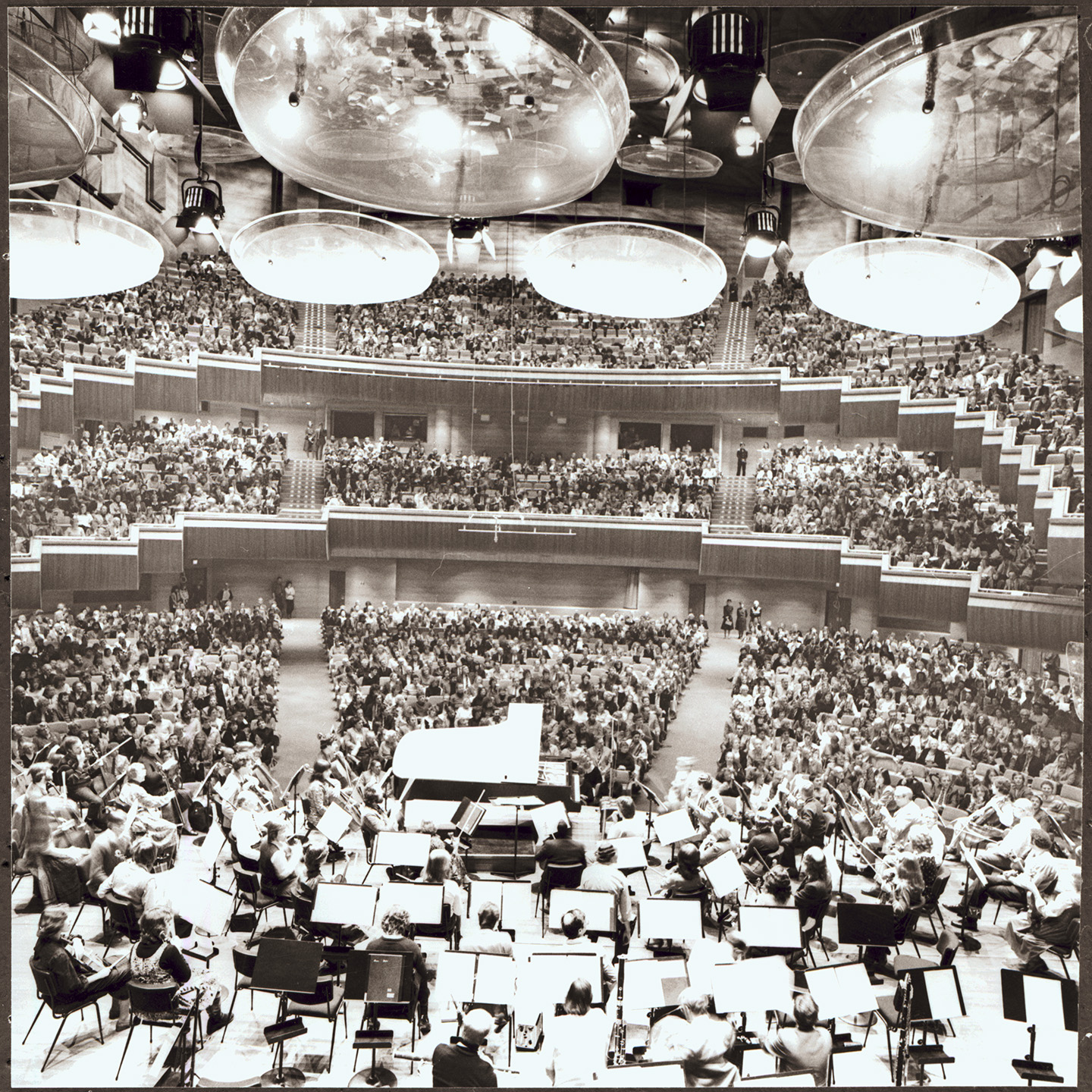 Melbourne Concert Hall in the 1980s (cr: Australian Performing Arts Collection, Arts Centre Melbourne)
Melbourne Concert Hall in the 1980s (cr: Australian Performing Arts Collection, Arts Centre Melbourne)
Apart from its program and function as a venue for opera, theater, ballet, and other performances, the main attraction of the architecture lies in its spire, which rises into the sky, marking the building even when seen from afar. The spire was constructed from an open lattice tensile frame inspired by Frei Otto's Olympic Park for the 1972 Munich Olympics. After several delays, the approximately 115 m high structure was finally completed in 1981. Several years later, the copper-clad structure underwent damage, so the tower was replaced instead of doing endless maintenance. The replacement also features deep research about wind tunnels and aero-elastic aluminum. The new spire has been added from its original design to 162 m and is now equipped with modern technological lighting features.
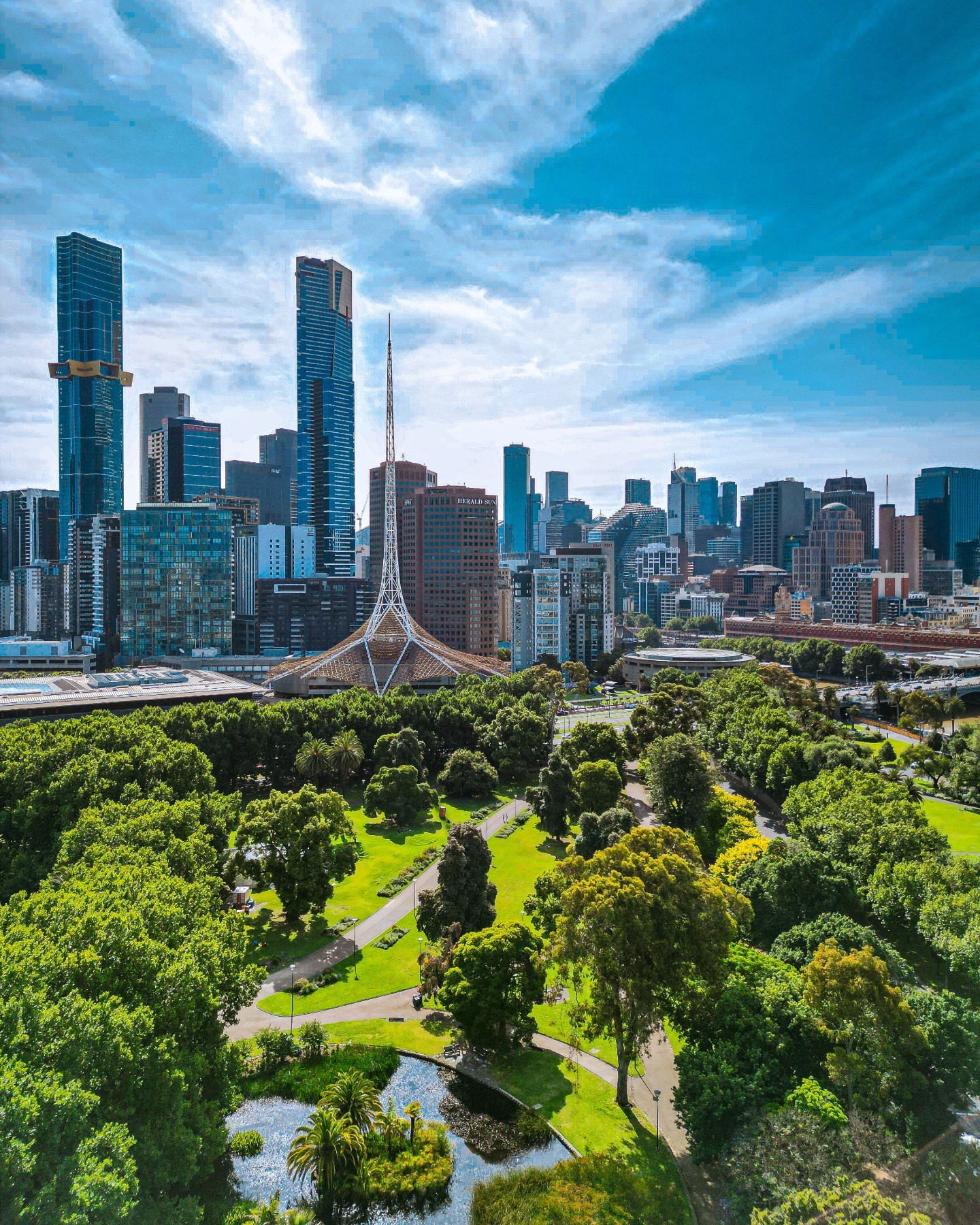 The spire seen from afar (cr: @iphotoshots on Instagram)
The spire seen from afar (cr: @iphotoshots on Instagram)
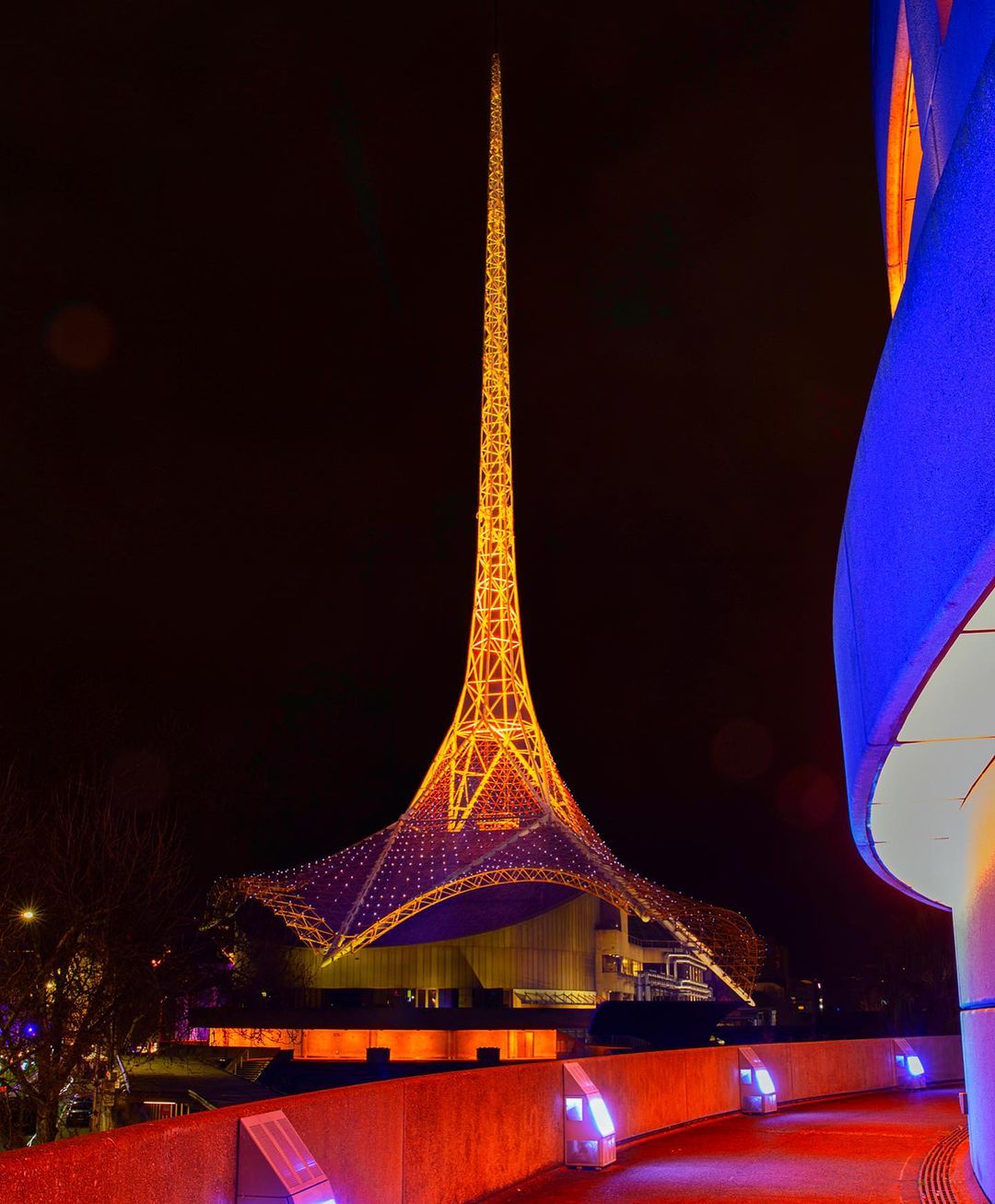 Modern lighting features at the spire (cr: @walking_perspective on Instagram)
Modern lighting features at the spire (cr: @walking_perspective on Instagram)
Although Roy Grounds did not get to witness the fully completed Arts Centre Melbourne, his work is an important legacy as a place where creativity and the arts have flourished for decades.


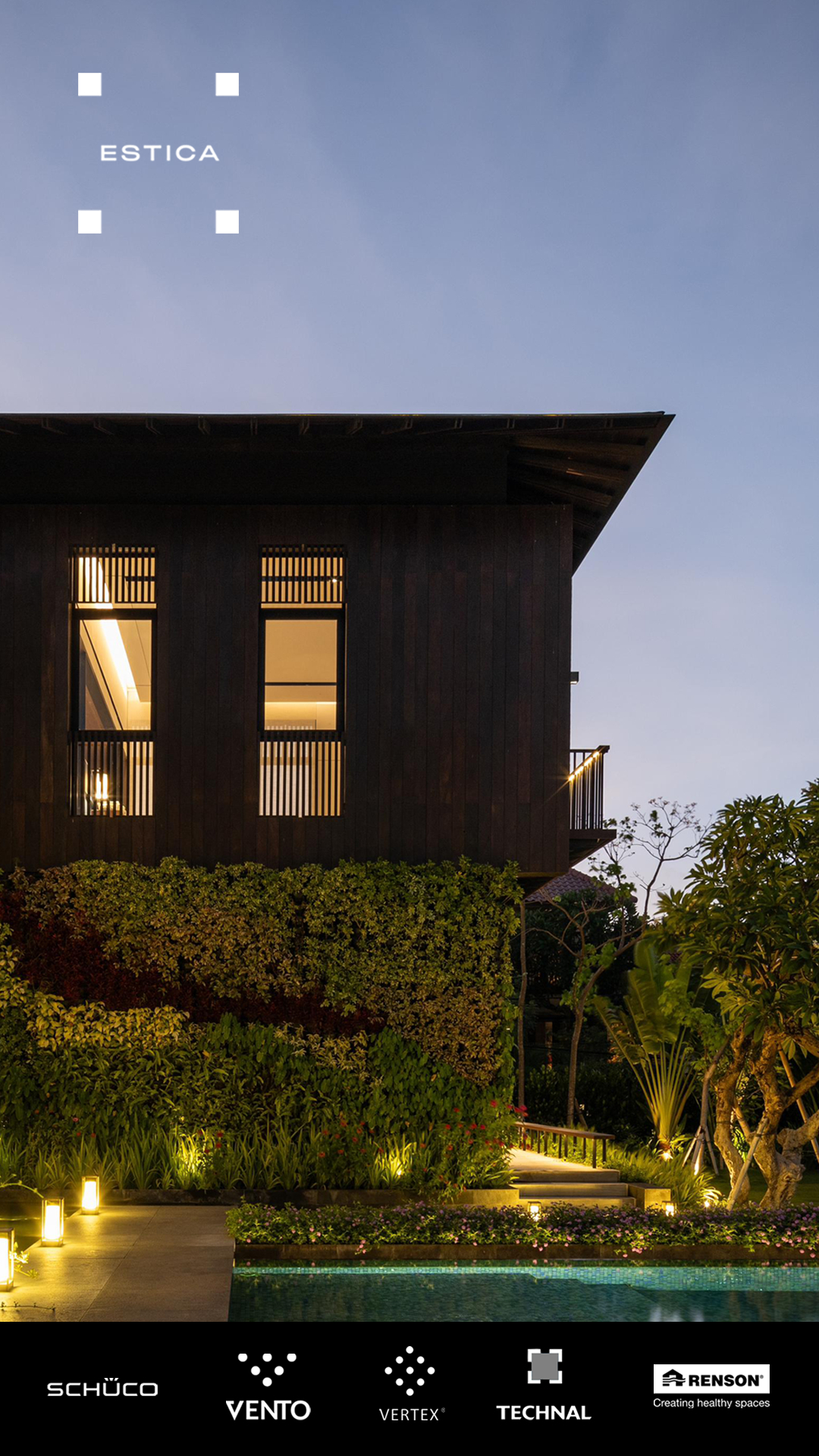

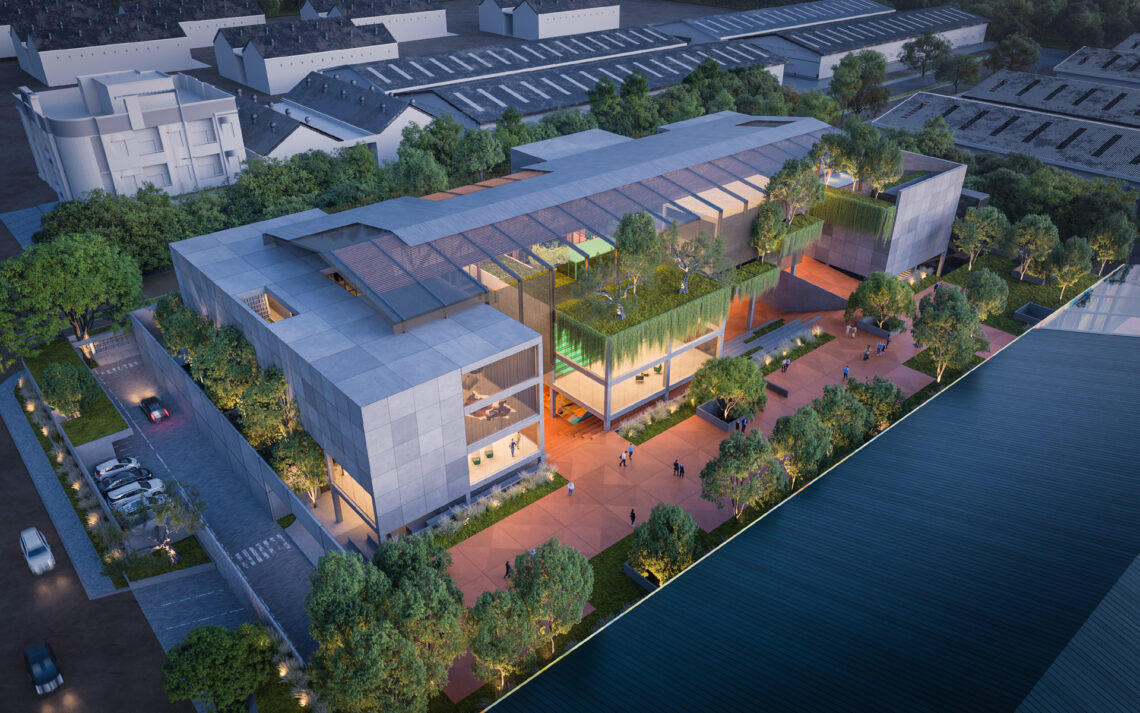


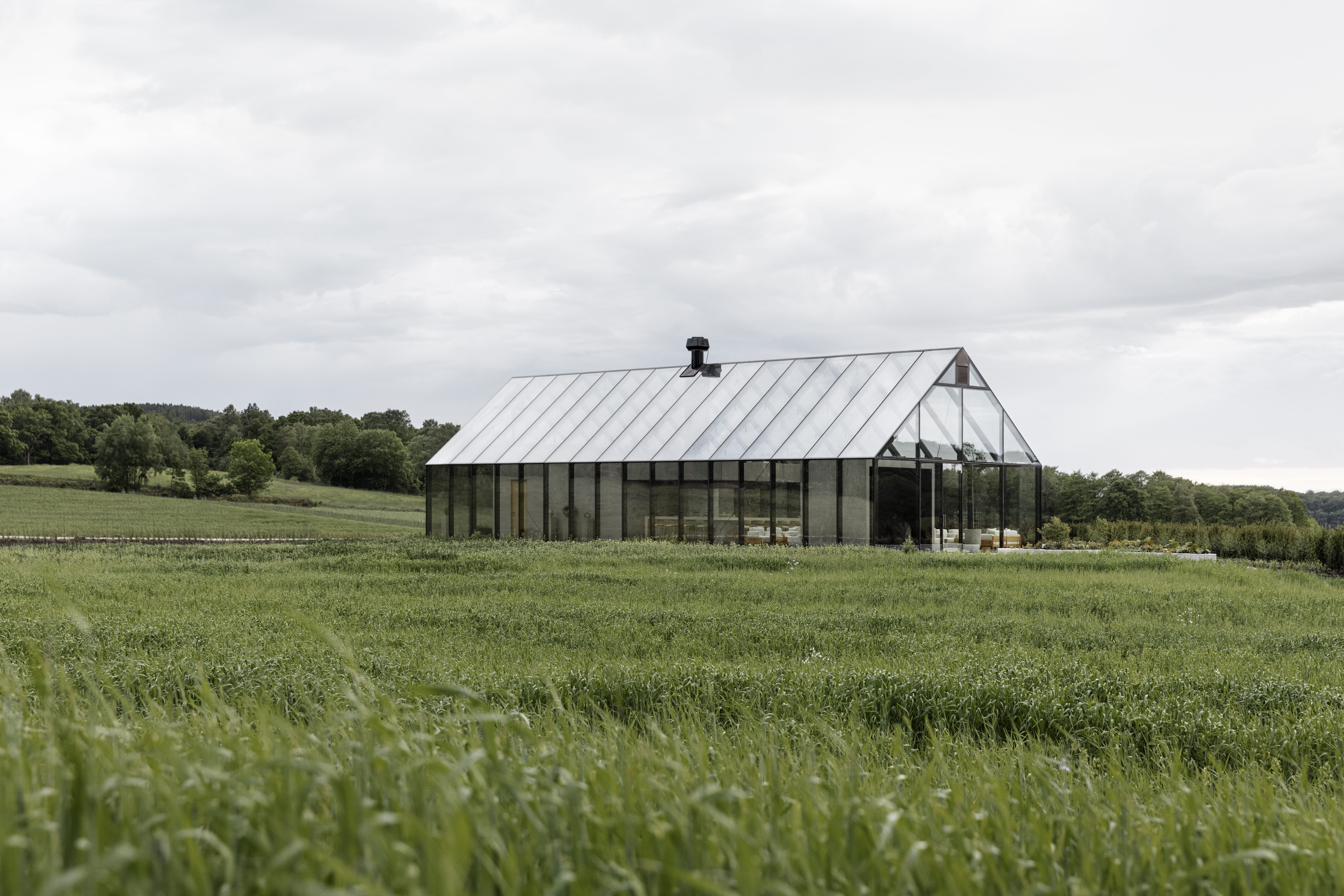
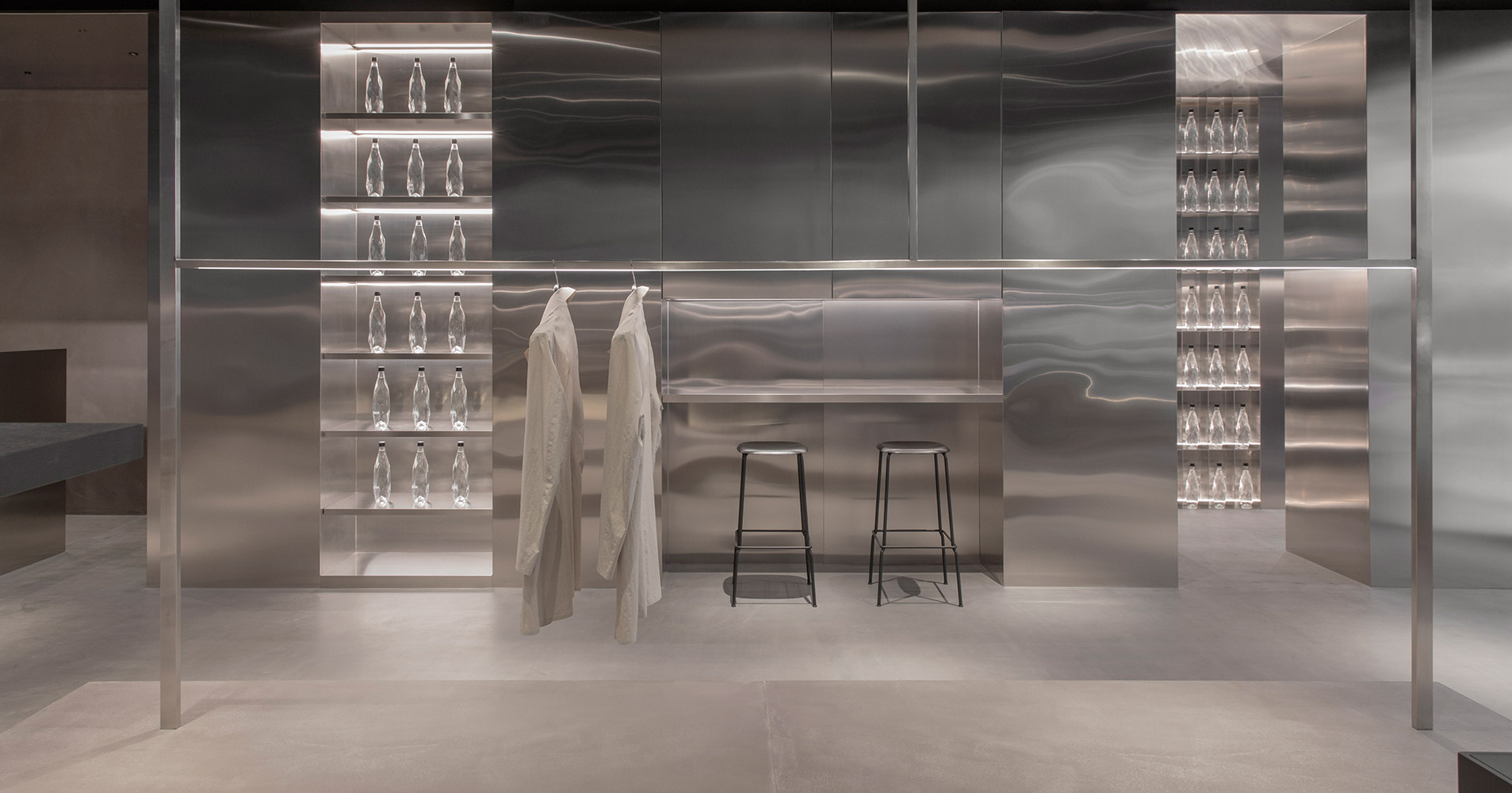

Authentication required
You must log in to post a comment.
Log in